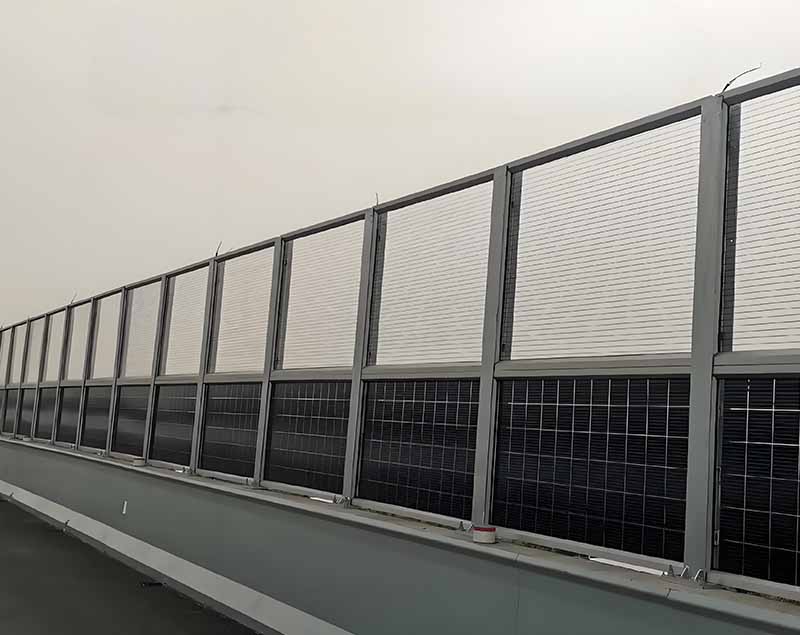The resilience of U.S. technology stocks continues to shine, with the Nasdaq Composite Index reaching yet another all-time high. The S&P 500 Technology Index surged for the ninth consecutive trading session, surpassing the historical high of 988.49 points set on March 27, 2000. This milestone has been met with great enthusiasm among investors who view these tech stocks as a symbol of stability and growth.
It's worth noting that the S&P 500 Technology Index tracks the performance of major U.S. technology firms. Following the dot-com crash in 2000, tech stocks plummeted, with the index losing over 80% from its peak. However, the sector has since recovered and is now drawing significant attention from investors.
According to data from EPFR, a whopping $9 billion has flowed into U.S. tech stocks this year, making them the most sought-after segment in the U.S. market. Besides strong profitability, tech stocks remain relatively insulated from policy uncertainties surrounding U.S. President Trump's tax reforms and infrastructure plans, which has made the technology sector a safe haven for many investors.
As of the closing bell on Wednesday, Apple's market cap stood at a staggering $787.4 billion, followed by Alphabet (Google's parent company) at $678.4 billion, Microsoft at $570.2 billion, Amazon at $490.8 billion, and Facebook at $475.7 billion. Together, these five companies boast a combined market cap of $3.0115 trillion. For context, Germany's GDP for 2016 was $3.36 trillion, and the UK's was $2.86 trillion—meaning the top five U.S. tech giants' combined value already rivals some of the world's largest economies.
Back in 2000, the leading tech companies were Microsoft, Intel, IBM, Oracle, and Cisco. Today, the landscape has transformed entirely. Many of the firms that existed during the dot-com era struggled with profitability and lacked clear business models. In stark contrast, the company with the highest market cap today trades at a P/E ratio of just 17 times, far lower than Microsoft's ratio back then.
Howard Silverblatt, a senior analyst at S&P Dow Jones Indices, noted that the composition and traits of the S&P 500 Technology Index are markedly different from those of previous years. These companies now boast more stable earnings, reflecting the maturation of the U.S. tech industry. Rich, a senior portfolio manager at Century Investment Corporation, added that today's tech stocks are backed by solid revenue streams and profitability, enabling dividend payouts—a stark departure from the speculative frenzy of the early 2000s.
Analysts also highlighted how the S&P 500 constituents derive a significant portion of their earnings from overseas operations. With the recent weakening of the U.S. dollar, these companies are poised to see further gains in their bottom lines.
In conclusion, the U.S. tech sector is thriving like never before, driven by steady growth, robust earnings, and investor confidence. While past booms were often fueled by speculation, today's tech giants are built on tangible financial success, marking a new chapter in the industry's history.

Photovoltaic(PV)noise barriers,also known as"noise barriers with integrated solar panels"or"solar noise barrier,"combine noise reduction infrastructure with renewable energy generation. These systems are increasingly being deployed along highways,railways,and urban areas to mitigate noise pollution while generating clean electricity.

How Photovoltaic Noise Barriers Work
1. Dual Functionality
-Noise Reduction:Acts as a traditional noise barrier,blocking or reflecting sound waves from traffic or industrial sources.
-Solar Power Generation:Solar panels integrated into the barrier convert sunlight into electricity,which can be fed into the grid or used locally.
2. Design Configurations
-Transparent PV Panels:Used where visibility is important(e.g. ,along highways). -Opaque PV Panels:More efficient but block the view.
-Bifacial Solar Panels:Capture sunlight from both sides,increasing efficiency.
-Vertical or Tilted Mounting:Optimized for space constraints and sunlight exposure.
Advantages of Photovoltaic noise barrier
✅Space Efficiency:Uses existing noise barrier infrastructure,avoiding additional land use.
✅Renewable Energy Generation:Contributes to local or grid-based solar power.
✅Noise Pollution Control:Maintains primary function of reducing traffic/industrial noise.
✅Aesthetic&Functional Integration:Can be designed to blend with urban or natural landscapes.
✅Government Incentives:Some regions offer subsidies for solar-integrated infrastructure.
Challenges&Considerations
âš Lower Efficiency:Vertical mounting may reduce solar output compared to optimally tilted panels.
âš Shading&Orientation:Barriers along north-south roads may have uneven sunlight exposure.
âš Maintenance:Cleaning panels on highways/railways can be logistically challenging.
âš Higher Initial Cost:Integration of PV adds to upfront costs,though long-term savings offset this.
Photovoltaic sound barrier,Solar-powered sound barrier,Photovoltaic noise barrier,Solar noise barrier
Hebei Shuobiao New Energy Technology Co., Ltd. , https://www.pvbracketsystem.com